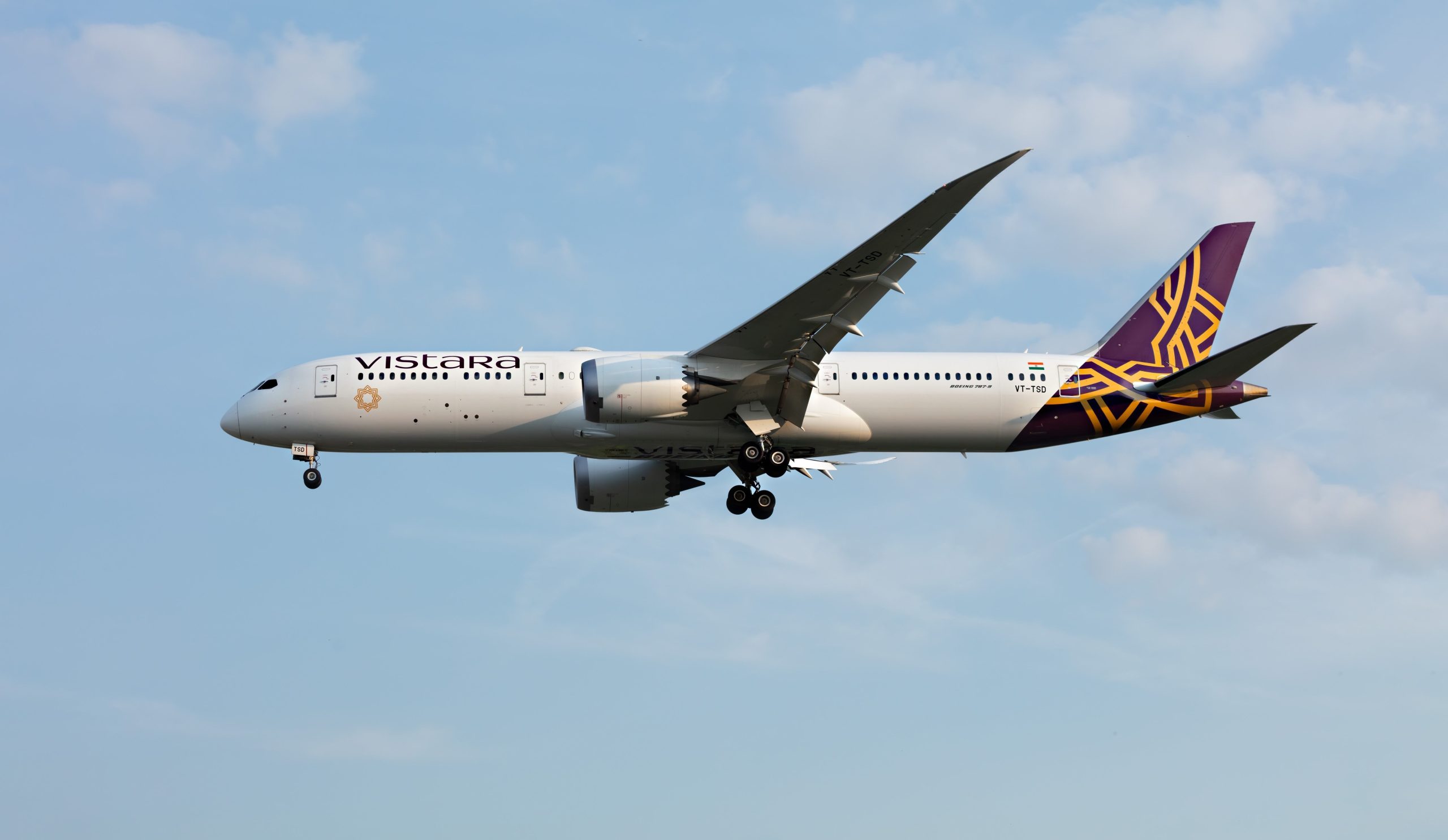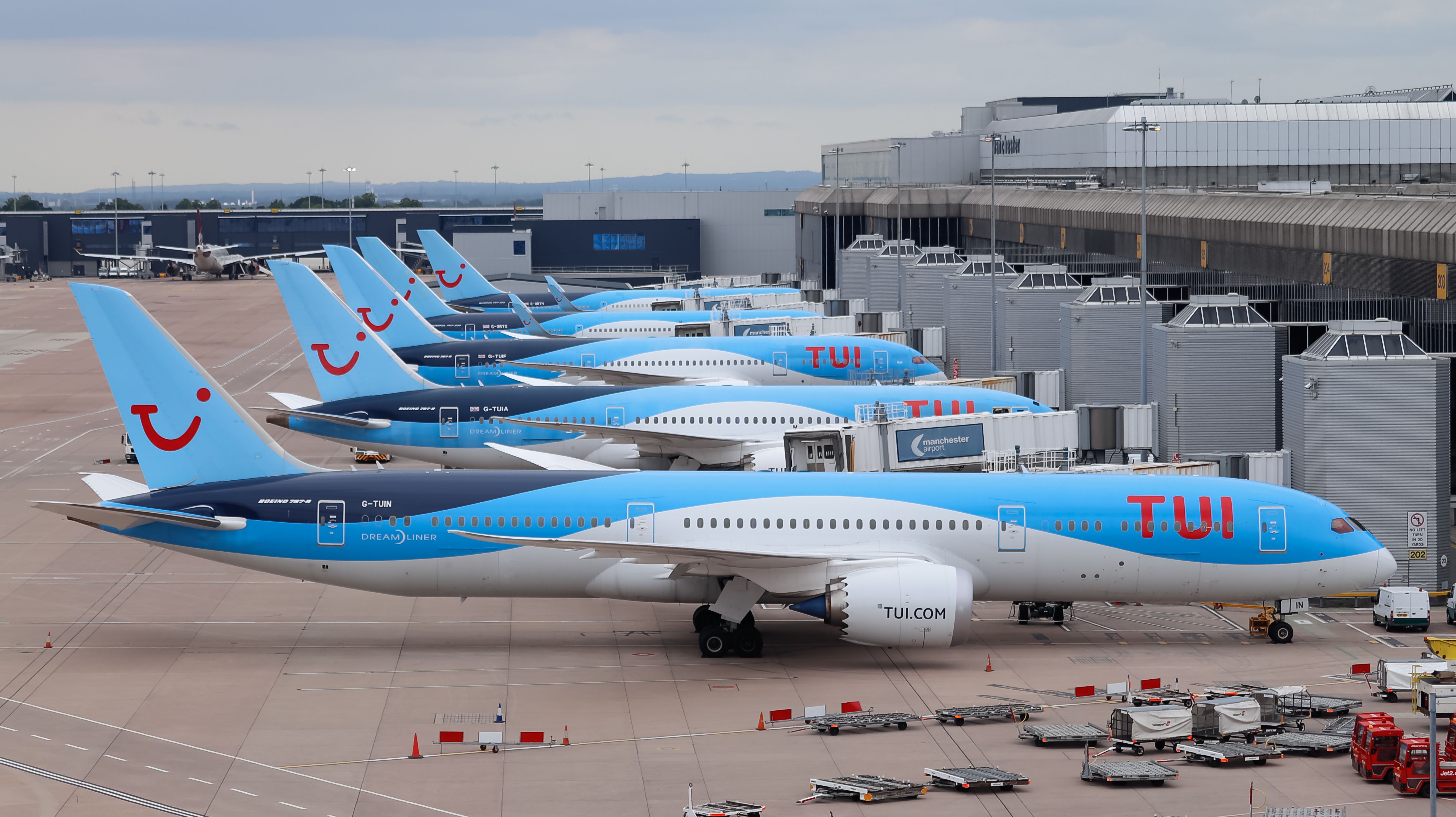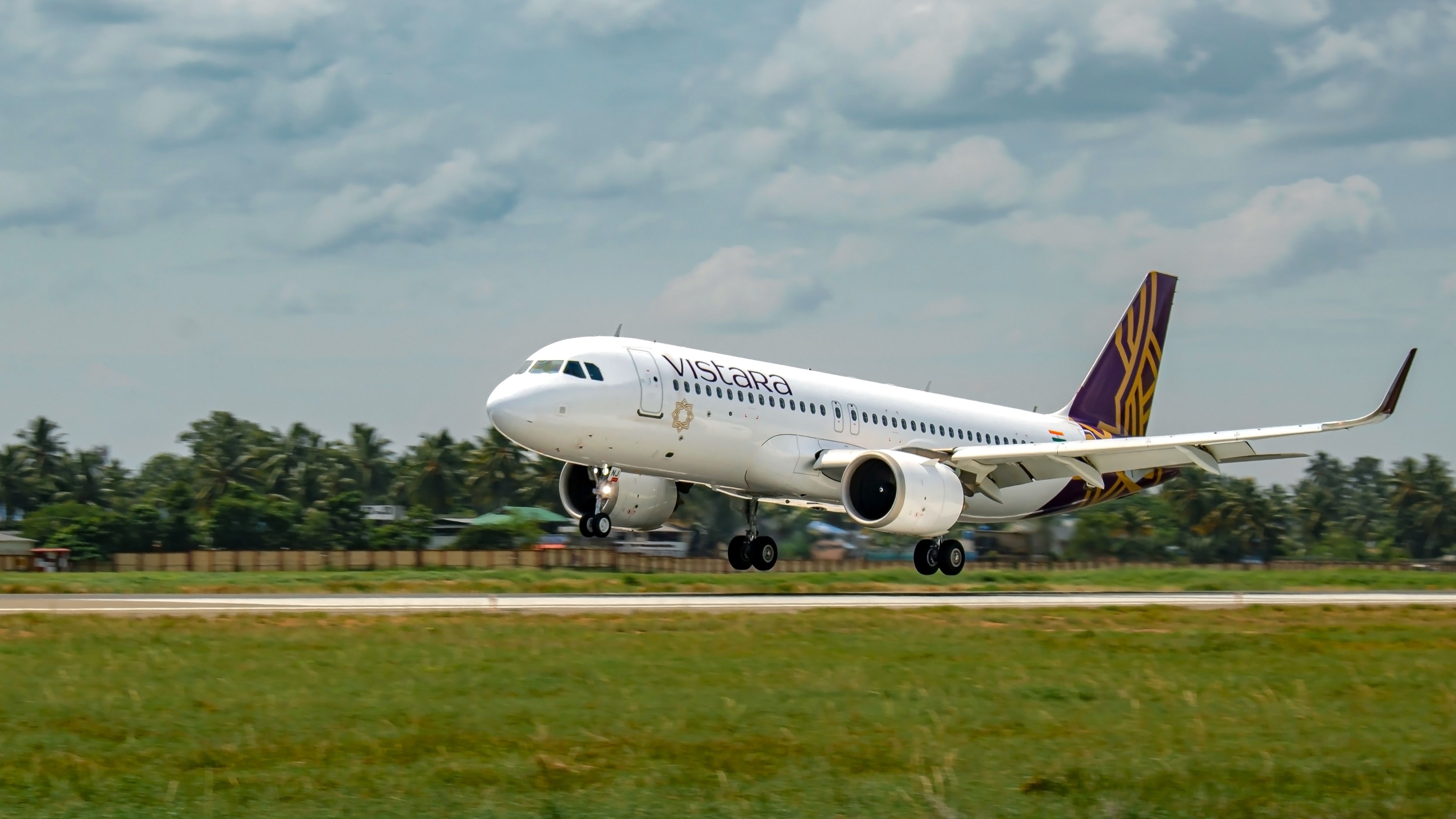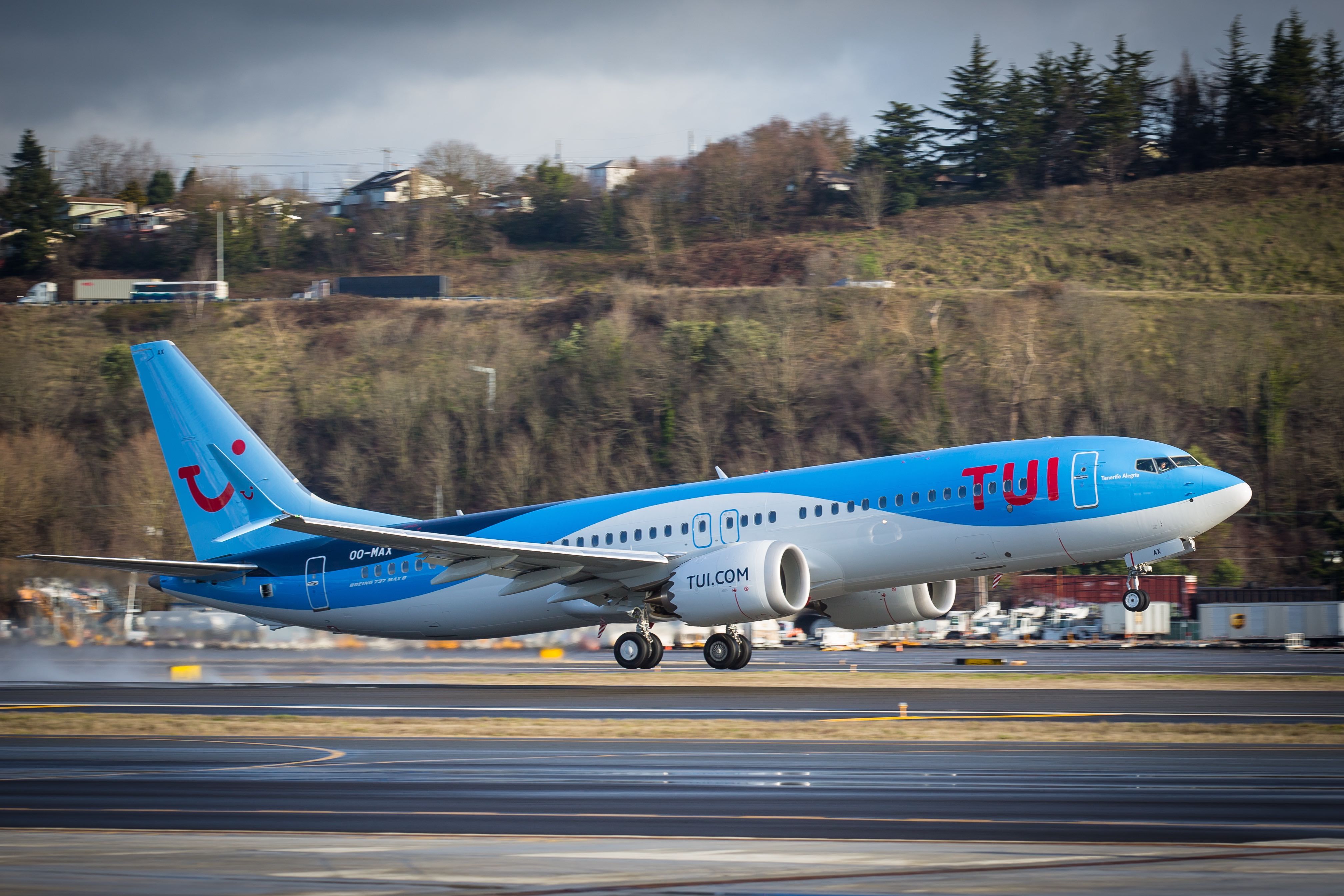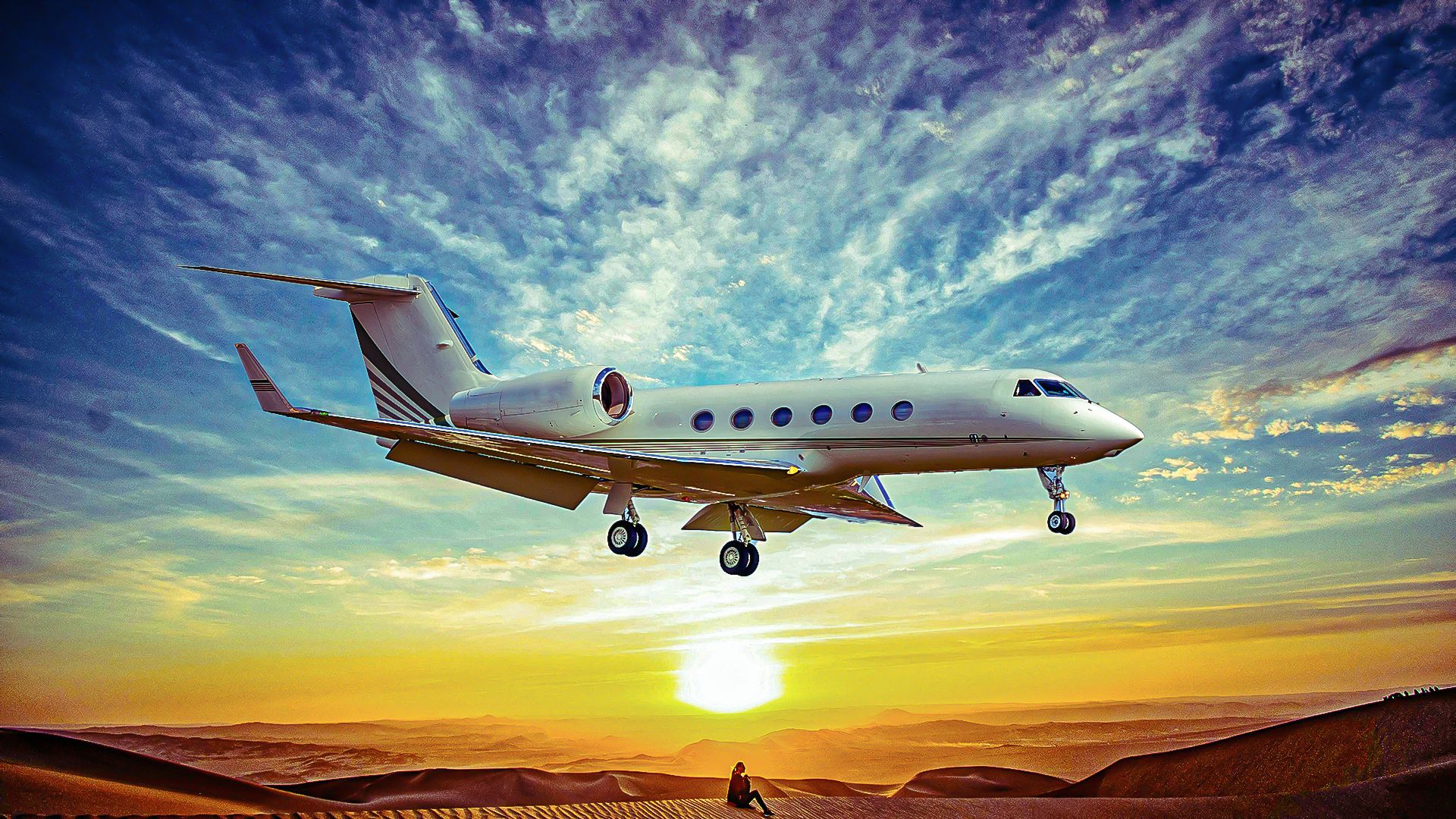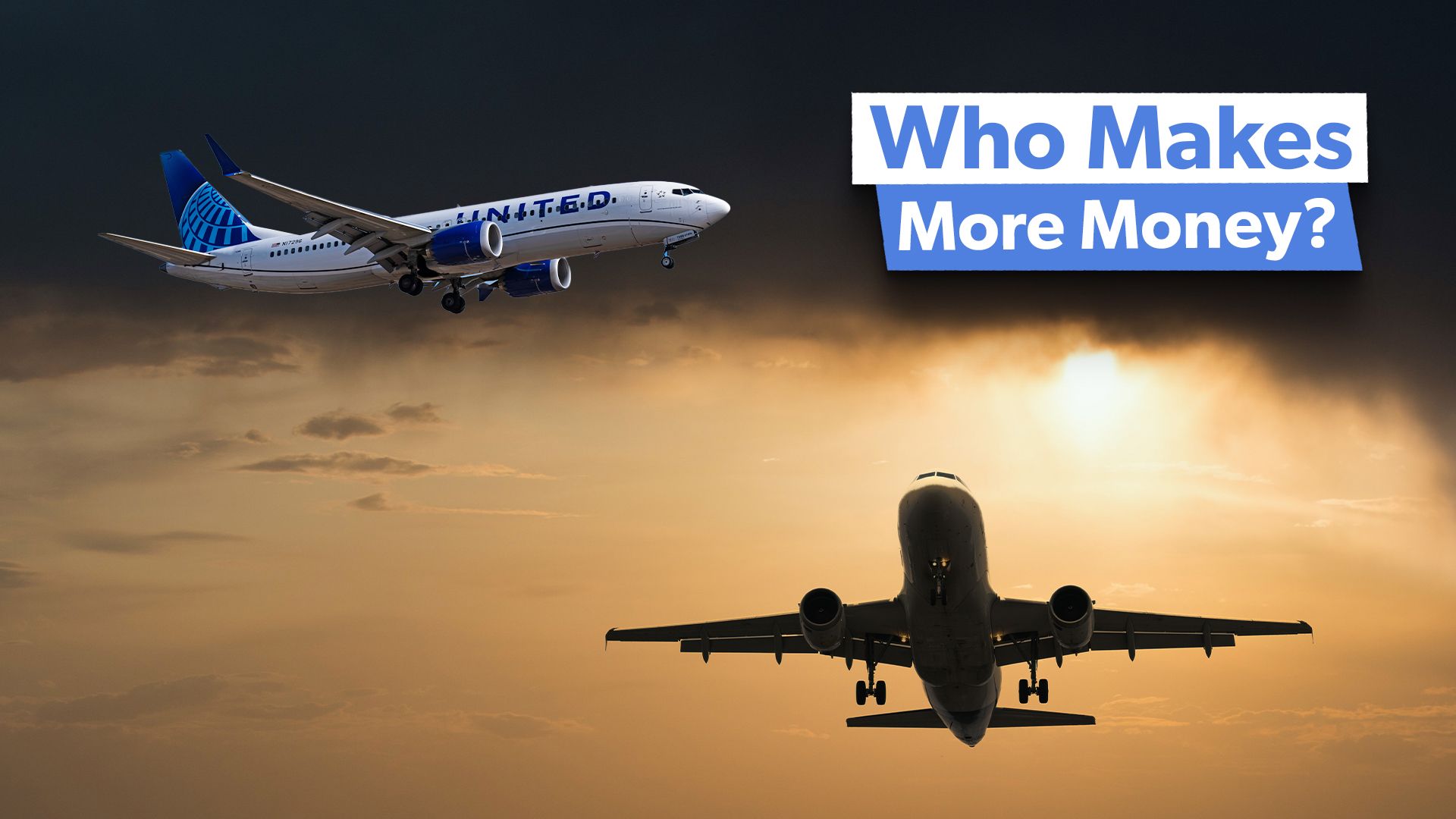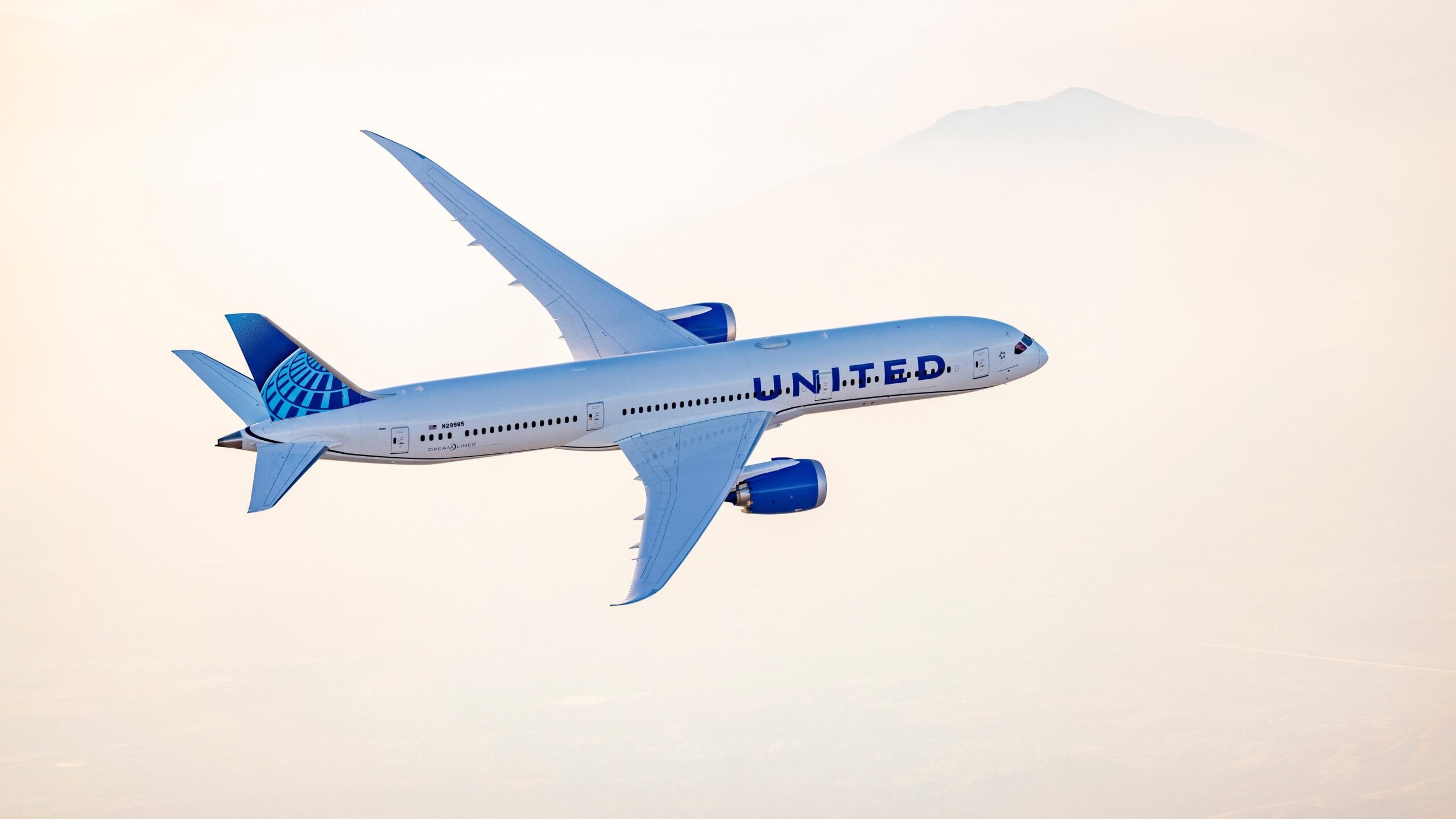Summary
- Most airlines are targeting net-zero aviation by 2050 and new-generation aircraft and engines combined with SITA OptiClimb can multiply the benefits.
- SITA OptiClimb, adopted by Vistara and the TUI Group, offers customized climb schedule recommendations based on historical data to reduce fuel burn during the climb out.
- By leveraging these technologies, airlines like Vistara and TUI Airline Group can significantly reduce fuel consumption and make air travel more sustainable.
Most airlines have set significant interim emissions reduction targets for 2030 on their road to net zero aviation by 2050, so with 2023 nearly done, time is getting short. Introducing new-generation aircraft and engines is a good start, but using them more efficiently multiplies the benefit, which is where technology from SITA comes to the fore.
Flight planning experts have long extolled the virtue of using systems to give aircraft a smooth, uninterrupted climb, cruise and descent to cut fuel use, much like driving a car on a long freeway trip reduces petrol consumption. Unfortunately, crowded skies, regulatory systems and outdated air traffic management practices get in the way of that utopian vision, so airlines need to find other ways to optimize their flights.
Photo: Bradley Caslin/Shutterstock
Technology company SITA delivers IT solutions for airlines, airports and aircraft for more than 2,500 customers. It is 100% owned by the industry, and SITA technology powers more seamless, safe and sustainable air travel. In the last few weeks, Indian full-service carrier Vistara and the five airlines of the TUI Group have adopted the SITA OptiClimb solution that leads directly to measurable and significant reductions in carbon emissions.
A first in India for Vistara
Vistara, a joint venture of the Tata Group and Singapore Airlines, is the launch customer in India for two of SITA’s offerings in flight planning and operations. The airline will deploy SITA OptiClimb and SITA eWAS to improve flight planning and operational efficiency and expects to reduce fuel consumption and cut carbon emissions by around 15,000 tons annually.
SITA eWAS is a weather application that gives pilots and planners extensive, accurate and up-to-date information to optimize their flight path, fly more efficiently and minimize their carbon footprint. It monitors weather conditions as they evolve so crews can adjust or fine-tune planned routes and take positive action to avoid adverse weather before they encounter it. SITA eWAS is also a highly effective mechanism for delivering OptiClimb recommendations.
Photo: ANAND G IYER | Shutterstock
SITA OptiClimb provides customized climb schedule recommendations for every flight by leveraging historical flight data to predict fuel burn during the climb out. SITA says it is the industry’s only machine-learning solution that presents pilots with customized climb speeds and acceleration levels specific to each tail and flight. The system is expected to save Vistara 80 tons of fuel per year per aircraft and reduce carbon emissions by roughly 250 tons yearly.
For the entire Vistara fleet, this equates to annual fuel savings of more than 5,000 tons and carbon emission reductions of more than 15,000 tons. President Asia-Pacific, Sumesh Patel, said SITA is now seeing an increasing number of Indian airlines looking for smart solutions to optimize operations and enhance passenger experience.
“India’s aviation industry is accelerating at lightning speed, and we’re excited to help leading airlines like Vistara with solutions that supercharge their efficiency, significantly reduce fuel consumption, and support efforts towards more sustainable air travel.”
And in Europe
Similar benefits are being seen at Europe’s TUI Airline Group, which partially deployed OptiClimb with several of its airlines in 2022. The system is now fully used at all five airlines in the group, comprising TUI Airways, TUI fly Belgium, TUI fly Germany, TUI fly Netherlands and TUI fly Nordic.
Photo: TUI
The TUI Group airlines operate around 130 medium and long-haul aircraft, and although OptiClimb was only partially deployed, it delivered total savings of around 4,500 tons of fuel and 14,000 tons of carbon last year. TUI has committed to 2030 emission reduction targets at its airlines, cruises and hotels, with airline emissions targeted to reduce by 24%.
It has adopted SITA OptiClimb to optimize flight planning and fuel management to help it achieve this ambitious but vital target by the end of the decade. On a global scale, SITA estimates that if every airline used OptiClimb the world’s carbon emissions would be reduced by 5.6 million tons annually.

